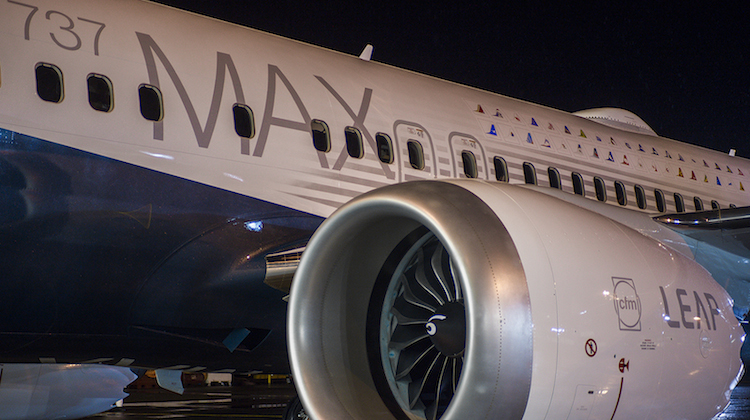
Boeing chief executive Dennis Muilenburg says a “phased un-grounding” of the 737 MAX by regulators around the world is a possibility as it works toward getting the aircraft cleared to fly again by the fourth quarter of calendar 2019.
Speaking at a Morgan Stanley investor briefing in Laguna Beach, California on Wednesday (US time), Muilenburg said the “principle schedule risk” with the 737 MAX’s return to service centred on regulator alignment around the world and regulator approvals
“I think a phased un-grounding of the airplane amongst regulators around the world is a possibility,” Muilenburg told the briefing according to a transcript posted on the Boeing website.
The Boeing chief executive’s comments follow news last week the European Union Aviation Safety Agency (EASA) planned to do its own testing before giving its all-clear for 737 MAX to resume operations.
“We’re going to respect individual questions from different regulators and EASA has brought up some questions and that we’re working our way through,” Muilenburg said.
“I wouldn’t see those as divisive. I just think those are questions that we need to answer as part of the process.
“Different regulators have different sets of questions and concerns and we’re working our way through all of that, and that collaborative process is important.”
A presentation by EASA executive director Patrick Ky to the European Parliament’s Committee on Transport and Tourism on September 3 outlined its approach to the 737 MAX.
The presentation, published on the European Parliament’s website, outlined four key conditions for the 737 MAX’s return to service and its assessment of Boeing’s updates to the 737 MAX, shown below:
EASA first made some pre-conditions for un-grounding the aircraft public in May.
And earlier this week, EASA told The Seattle Times it favoured a redesign of the MAX’s systems to take readings from three independent angle of attack sensors rather than the two-sensor system in Boeing’s proposed upgrade of the plane.
It also said it would send its own test pilots and engineers to fly certification flight tests of of the newly modified 737 MAX, with EASA in “regular and in very strong contact” with the manufacturer and the FAA, as every party involved was trying to get the aircraft back up in the air.
On the questions around angle of attack system design, Muilenburg told the briefing: “[We] recognise that our architecture on Boeing airplanes is different than Airbus airplanes . . . that’s always been a topic of discussion; that doesn’t necessarily mean hardware changes.”
“We are making good, solid progress on the software update to the airplane, versions of that final software in our integration labs and simulators being tested and we are still targeting early fourth quarter for a return-to-service of the 737 MAX,” Muilenburg said.
“When the FAA is confident that the certification steps have been completed, that the airplane is safe, that we’ve answered all the questions, then they intend to proceed.”
China trade risk
Meanwhile, Muilenburg told the briefing the company was paying close attention to US-China trade policy and was still hopeful a trade deal would be accomplished with aircraft included in any agreement.
“Lack of a trade deal does add risk to our widebody skyline,” Muilenburg said.
“We have reserved slots in our widebody production lines, both 777s and 787s, and there is dependency there on Chinese orders ultimately coming through.”
777-X progress
Muilenburg assured investors that recent high-pressure structural testing of the new 777-9X, where the cargo door separated from the fuselage, was not unusual for a static test.
“We’ve gone through what we call gauntlet factory testing, high-speed taxi testing, and the airplane has performed very well,” Muilenburg said.
The Boeing chief executive said he expected flight tests of the 777-9X would begin in the first quarter of 2020 with entry into service by the end of 2020.















